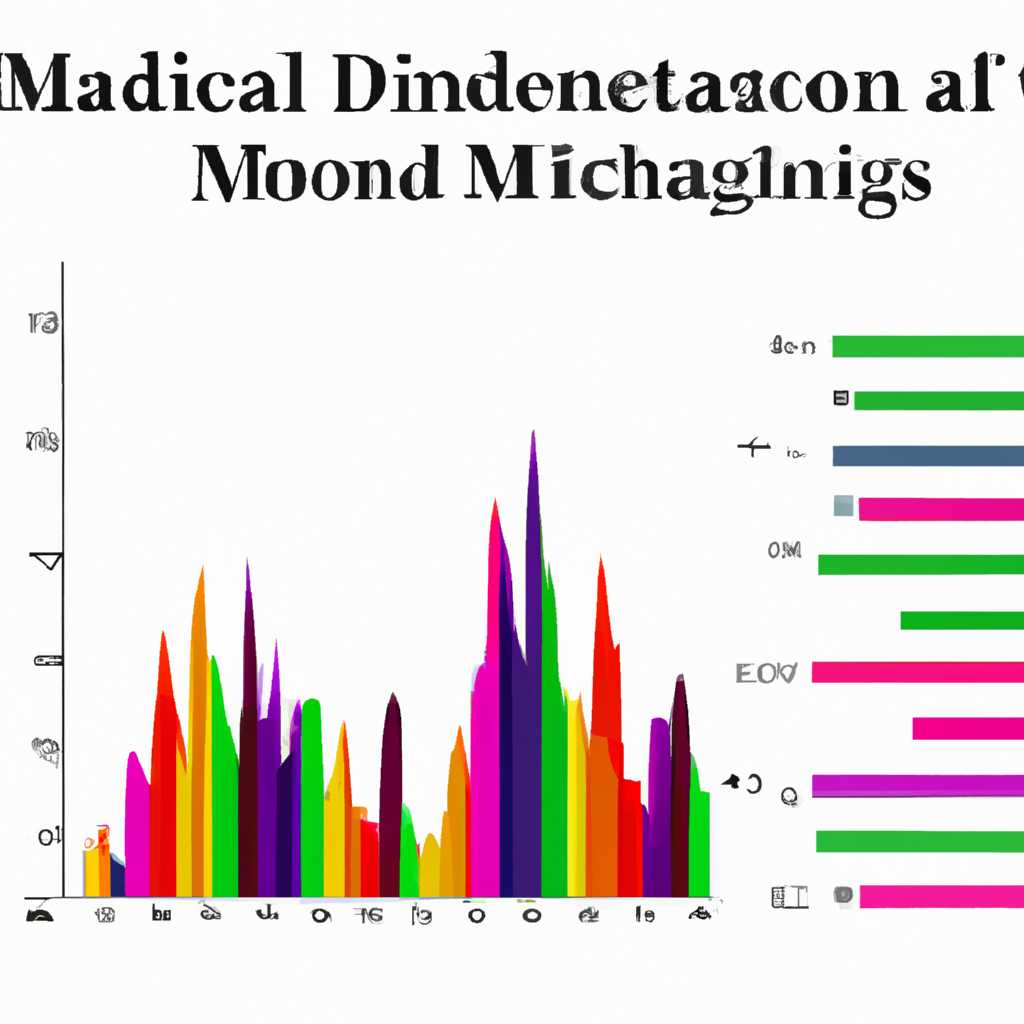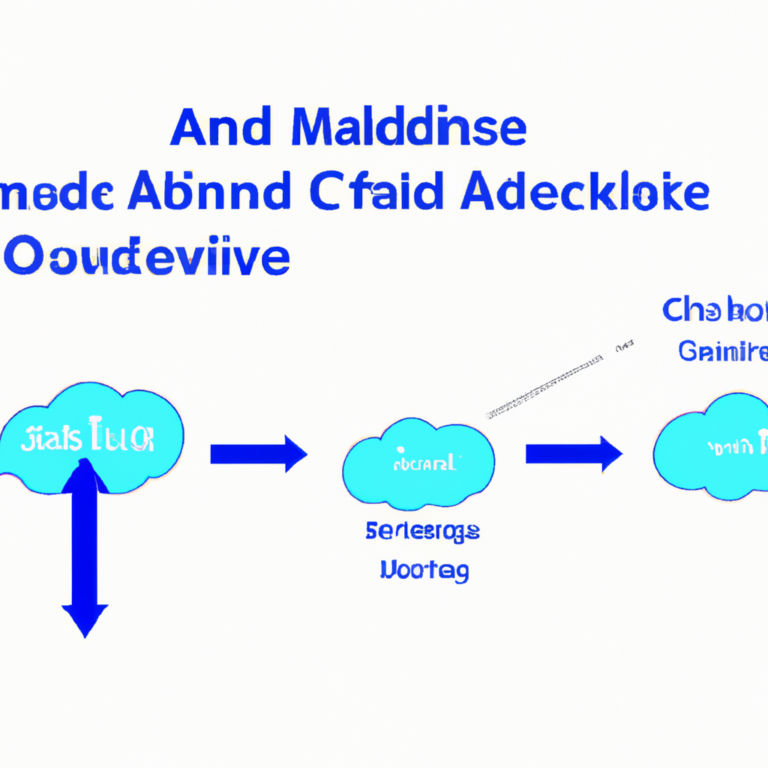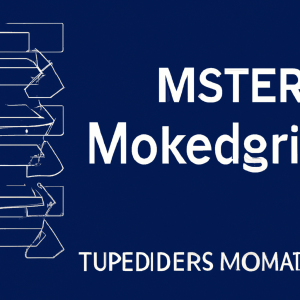Understanding MACD Histogram Interpretations
The Moving Average Convergence Divergence (MACD) histogram is a popular technical indicator used by traders to identify potential buy or sell signals in the market. The MACD histogram is derived from the MACD line and the signal line, which are both based on moving averages. Understanding how to interpret the MACD histogram can help traders make more informed decisions when trading.
1. MACD Histogram Basics
The MACD histogram is a visual representation of the difference between the MACD line and the signal line. When the MACD line crosses above the signal line, the histogram will be positive, indicating a bullish signal. Conversely, when the MACD line crosses below the signal line, the histogram will be negative, indicating a bearish signal.
2. Zero Line Crossings
One of the key ways to interpret the MACD histogram is through zero line crossings. When the histogram crosses above the zero line, it indicates a shift from bearish to bullish momentum. Conversely, when the histogram crosses below the zero line, it indicates a shift from bullish to bearish momentum.
3. Divergence and Convergence
Another important aspect of interpreting the MACD histogram is looking for divergence and convergence between the price action and the histogram. Divergence occurs when the price is moving in one direction, while the histogram is moving in the opposite direction. This can signal a potential reversal in the market. Convergence, on the other hand, occurs when the price and the histogram are moving in the same direction, confirming the current trend.
4. Histogram Width
The width of the MACD histogram can also provide valuable information to traders. A widening histogram indicates increasing momentum in the market, while a narrowing histogram indicates decreasing momentum. Traders can use the width of the histogram to gauge the strength of a trend and potential reversals.
5. Histogram Patterns
Traders can also look for specific patterns in the MACD histogram to identify potential buy or sell signals. For example, a series of higher highs in the histogram can indicate a strong uptrend, while a series of lower highs can indicate a weakening trend. By analyzing these patterns, traders can make more informed decisions about their trades.
In conclusion, understanding how to interpret the MACD histogram can be a valuable tool for traders looking to identify potential buy or sell signals in the market. By paying attention to zero line crossings, divergence and convergence, histogram width, and patterns, traders can gain a better understanding of market momentum and make more informed trading decisions.










